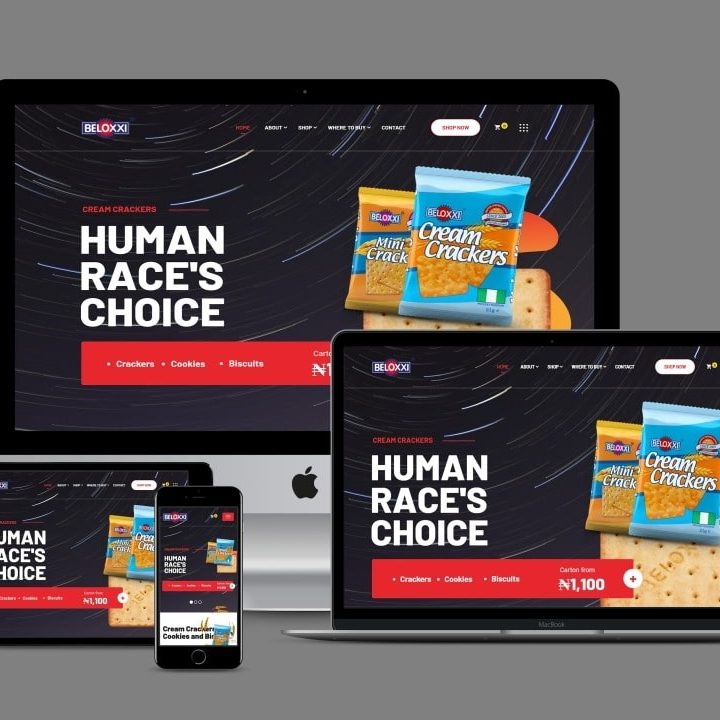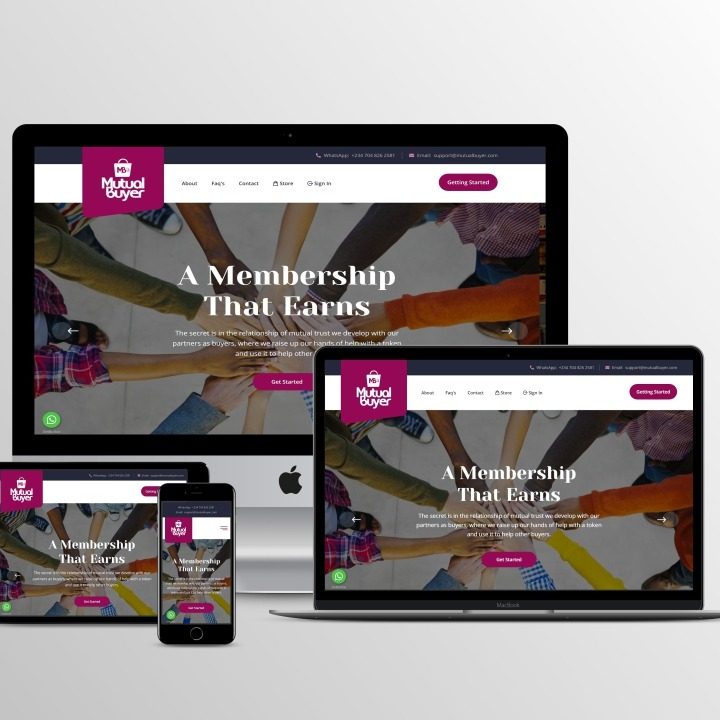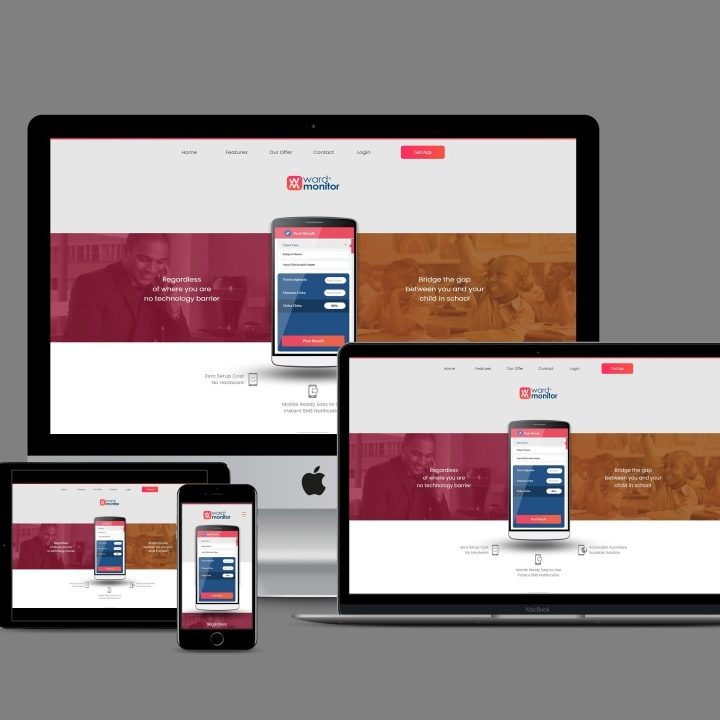Facebook (now Meta) – Programming Languages That Built It
Facebook (now Meta) was built using a variety of programming languages, evolving over time to meet the platform’s growing needs. Here are some of the key languages involved in the development of Facebook (now Meta):
1. PHP
– Role: PHP was the primary language used to build the initial version of Facebook. It allowed for rapid development and was used extensively in the backend to render web pages.
– Enhancements: Over time, Meta developed Hack, a language built on top of PHP. Hack was created to add static typing and improve performance while maintaining compatibility with existing PHP code.
2. Hack
– Role: Hack, introduced by Meta, is a variant of PHP that brings features such as static typing, performance optimizations, and advanced type checking, which helps in reducing bugs and enhancing developer productivity.
– Why Hack?: As Facebook grew, PHP’s performance limitations became apparent, leading to the development of Hack to manage Facebook’s enormous codebase more efficiently.
3. JavaScript
– Role: JavaScript is heavily used for front-end development to make Facebook’s interface interactive. It powers dynamic features like real-time notifications, chat, and updating feeds.
– React: Meta developed React.js, a JavaScript library, to make the user interface more efficient. React is now widely used for building fast and scalable UIs across the web.
4. Python
– Role: Python is used for various infrastructure tasks, backend services, and data analysis. It plays a role in areas such as automation, AI, and machine learning, particularly through frameworks like PyTorch, which Meta also developed.
5. C++
– Role: C++ is used for performance-critical systems within Facebook, such as its backend services and infrastructure, including real-time services like chat and video. It is also employed in the development of algorithms for news feed ranking.
– Efficiency: The use of C++ allows for more efficient memory management and faster processing, critical for Facebook’s large-scale systems.
6. Erlang
– Role: Erlang was used in Facebook’s messaging system for handling large-scale real-time communication, providing high concurrency and fault tolerance.
7. Objective-C & Swift (for iOS)
– Role: These languages are used to build the Facebook app for iOS devices. Objective-C was initially used, and Swift was introduced for newer app development to take advantage of more modern features.
8. Java & Kotlin (for Android)
– Role: Java was initially used for Facebook’s Android app. Kotlin, a more modern and concise language, has been adopted in recent years for developing Android applications due to its improved safety features and interoperability with Java.
9. GraphQL
– Role: Meta developed GraphQL, a query language for APIs, to allow more efficient data fetching for Facebook’s mobile and web applications. It helps manage large datasets and complex queries in a more structured way than traditional REST APIs.
10. Go (Golang)
– Role: Go is used in some backend services for its efficiency in handling concurrent operations. It’s particularly useful for performance-critical and scalable infrastructure.
You may also read: Technology Behind Blockchain
Additional Tools and Frameworks:
– MySQL: Facebook started with MySQL as its database system, which has been heavily modified and optimized to scale with the platform’s growing needs.
– Thrift: An internal framework used for service communication, designed to handle large-scale distributed systems.
Overall, Facebook’s tech stack is a blend of languages, each chosen for its strengths in different areas of performance, scalability, and developer productivity.







